Eltham Palace and Gardens: Medieval Palace and Art Deco Mansion
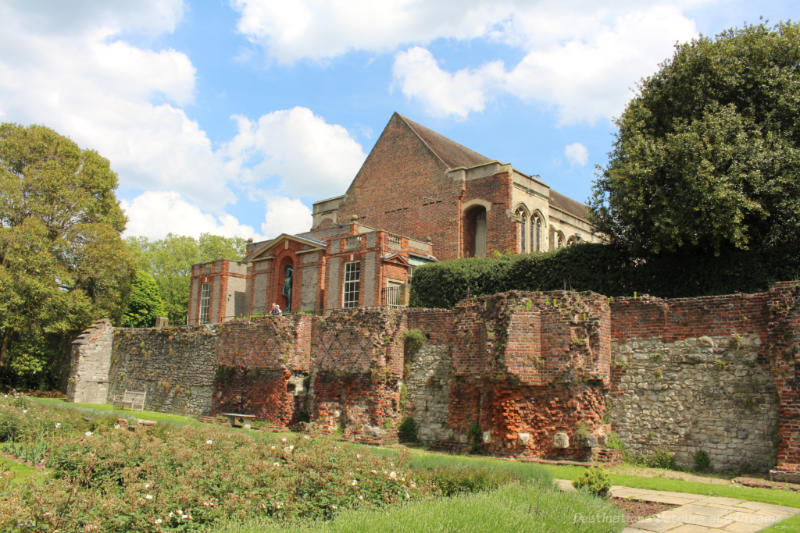
Medieval and Tudor history, magnificent 1930s Art Deco design, and beautiful gardens at London’s Eltham Palace and Gardens
Located in London’s Royal Borough of Greenwich, Eltham Palace and Gardens is a delightful and surprising mix of modern Art Deco comfort and medieval history surrounded by 19 acres of award-winning gardens. It has been an important medieval palace, a Tudor royal residence, and an Art Deco mansion for eccentric millionaires. Today, the palace and grounds, which are owned by the Crown Estate, are managed by English Heritage. English Heritage restored the building and opened it to the public in 1999.
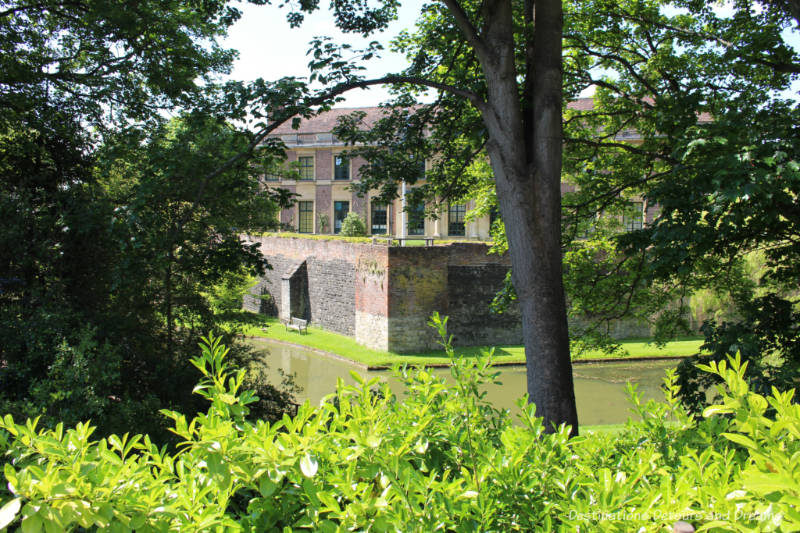
Eltham Palace Medieval, Tudor, and Modern History
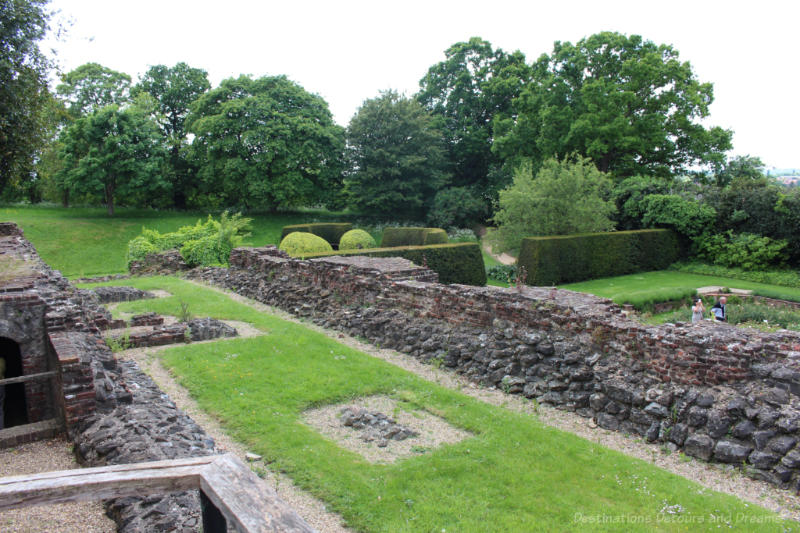
The history of Eltham Palace goes back centuries. The Domesday survey lists the manor of Eltham as belonging to Odo, Bishop of Bayeux, half-brother of William the Conqueror. The estate changed hands many times until 1295 when Anthony Bek, Bishop of Durham, acquired it, rebuilt it, and constructed a defensive perimeter wall of stone and brick within the line of the moat.
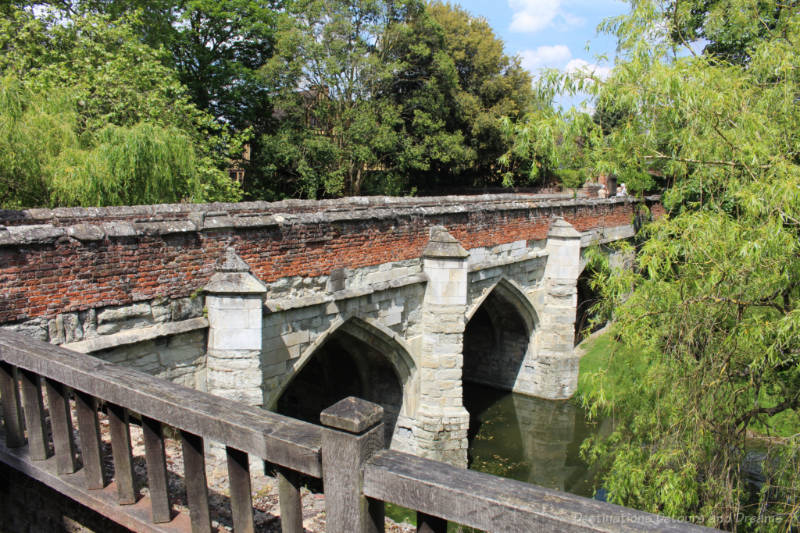
Bek presented Eltham to the future King Edward II in 1305. Eltham became one of the most frequented royal residences in the country. In the late fifteenth and early sixteenth centuries, Henry VIII passed much of his childhood here. Henry VIII was the last monarch to spend substantial time and money at Eltham. (The focus switched to Hampton Court.)
The buildings were poorly maintained in the seventeenth century, Over the next two centuries, the estate was used as a farm and the buildings were tenanted.
Things changed in 1933 when Stephen and Virginia Courtauld signed a 99-year lease. The wealthy couple commissioned architects Seely & Paget to build a modern house with all the latest technology while retaining as much of the historic palace as possible.
Stephen Courtauld was heir to a textile fortune. The Courtaulds textile business was created by George Courtauld in 1793. He later passed it to his son Samuel who acquired a couple of mills. They primarily manufactured silk and pioneered the manufacture of rayon through the viscose process. By the 1940s, Courtaulds was one of the world’s largest textile businesses.
Virginia was born in Romania, the youngest convent-educated daughter of a prosperous shipping merchant. She is described as rebellious and unorthodox in articles about her. She had a large snake tattooed down the front of her leg when she was a teenager. Her first marriage to an Italian count was annulled by the Vatican. She married Stephen Courtauld in 1923.
Inside Eltham Palace
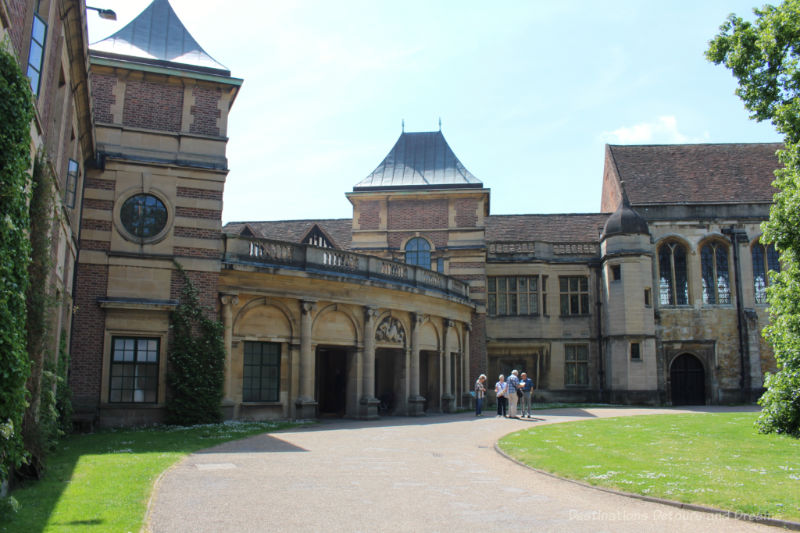
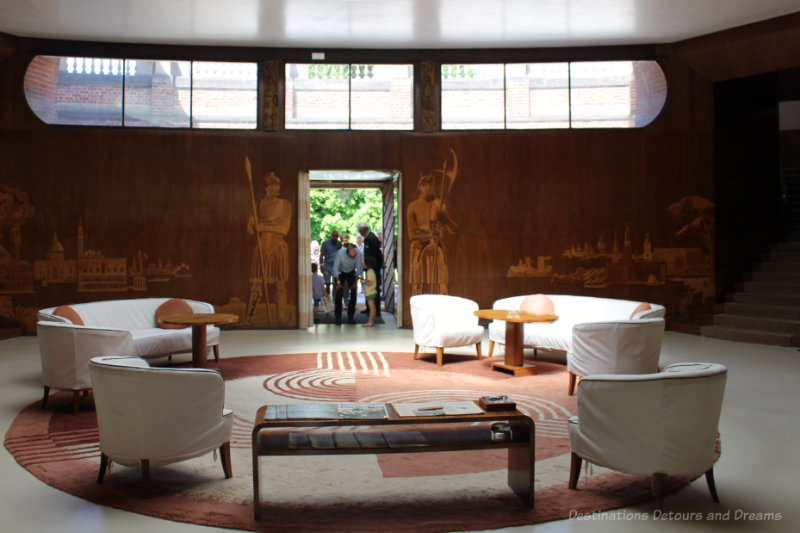
The entrance hall, where the Courtaulds served cocktails to guests, is the first room you enter. If you are a fan of Agatha Christie, you may recognize the entrance room from the movie Death on the Nile. Other films and music videos have been shot at Eltham. Rooms in the house were used in episode 8 of The Crown. The domed entrance hall is where the Queen meets designer Normal Hartwell in his studio. Other rooms in the house served as the Queen’s quarters of the Royal Yacht Britannia, Bermuda Government House, and the HMS Queen Mary.
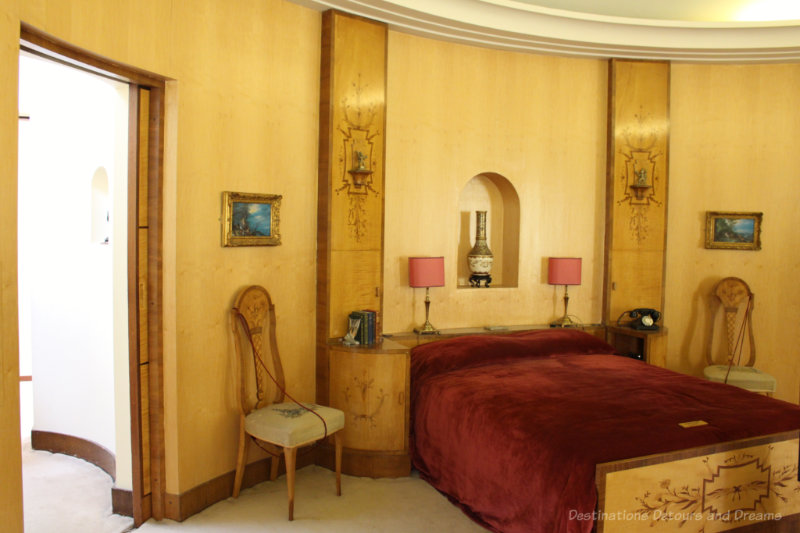
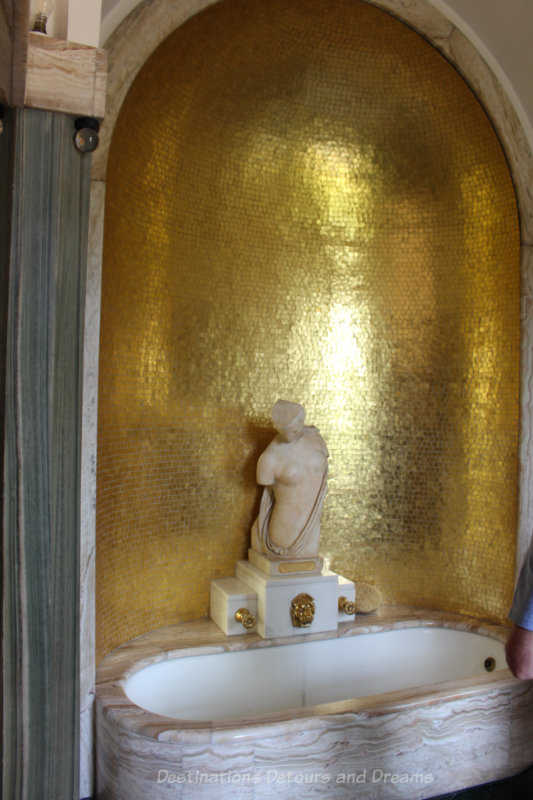
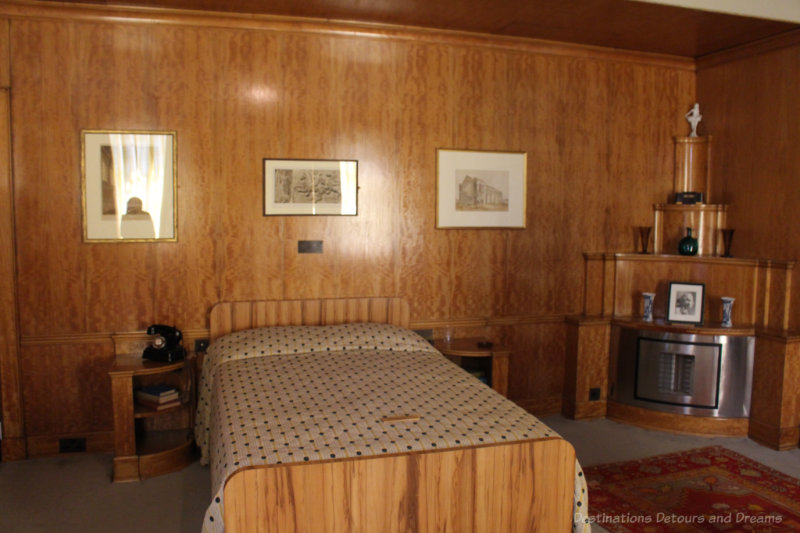
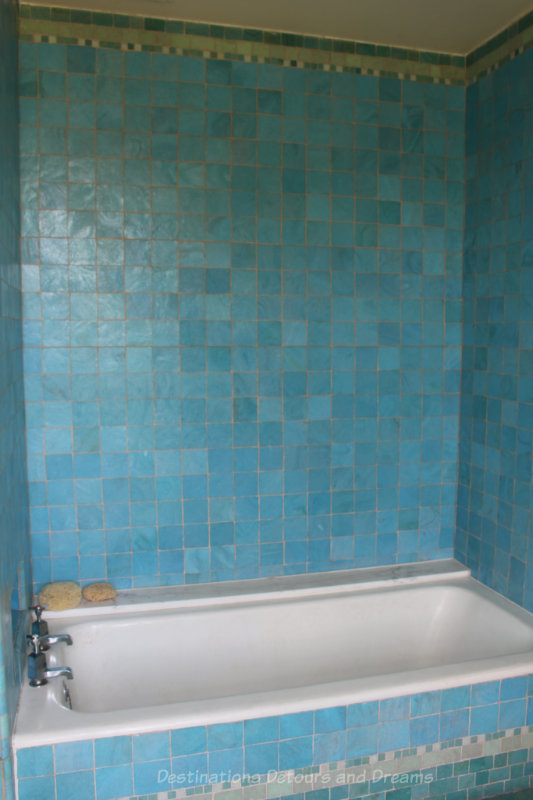
The Courtaulds had no children, but they shared their house with Virginia’s two nephews, Paul and Peter Peirano, whom they had looked after since 1926. They also had a number of pets including a ring-tailed lemur named Mah-Jongg who had the run of the house and his own heated room.
The couple had a broad circle of friends and entertained lavishly in their house, which contained all the latest technology. On display in one of the guest bedrooms is a letter written to a visiting friend wishing them a warm welcome, explaining the amenities available (bath with hot water, under-floor heating, electric fire), and encouraging them to call the housekeeper for any assistance on the private internal telephone exchange installed in the house. (Outside calls had to be made from the telephone alcove off the entrance hall.)
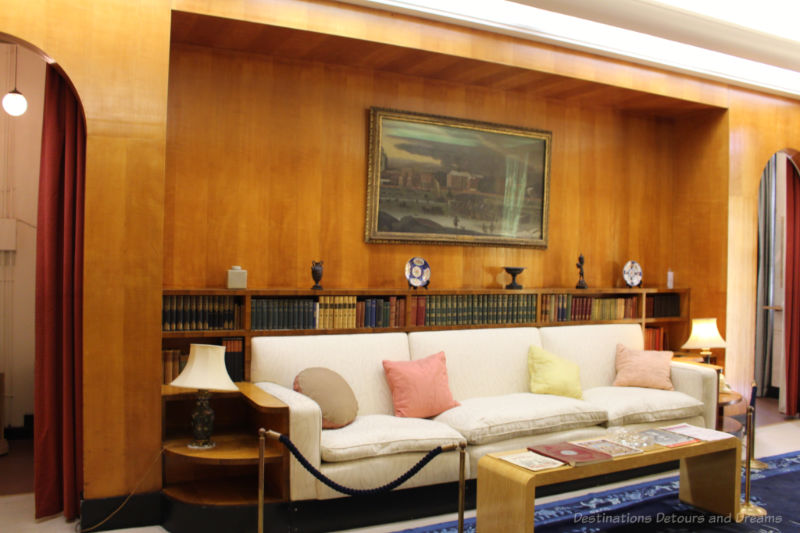
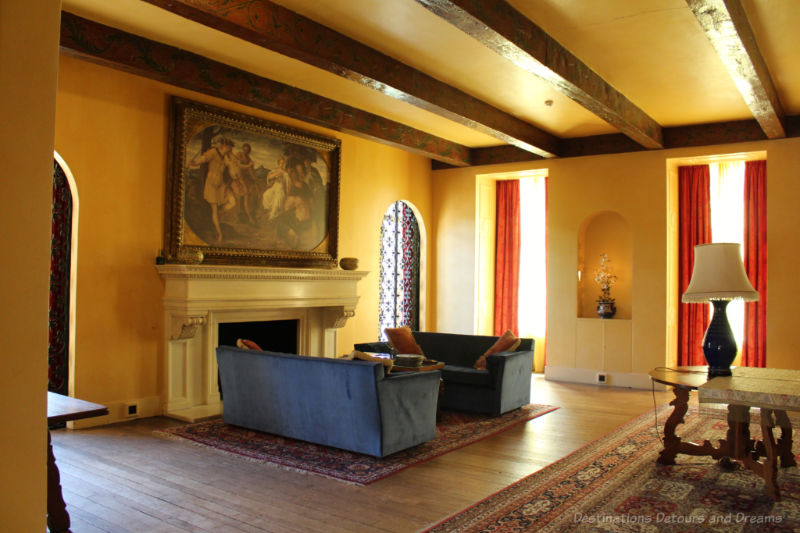
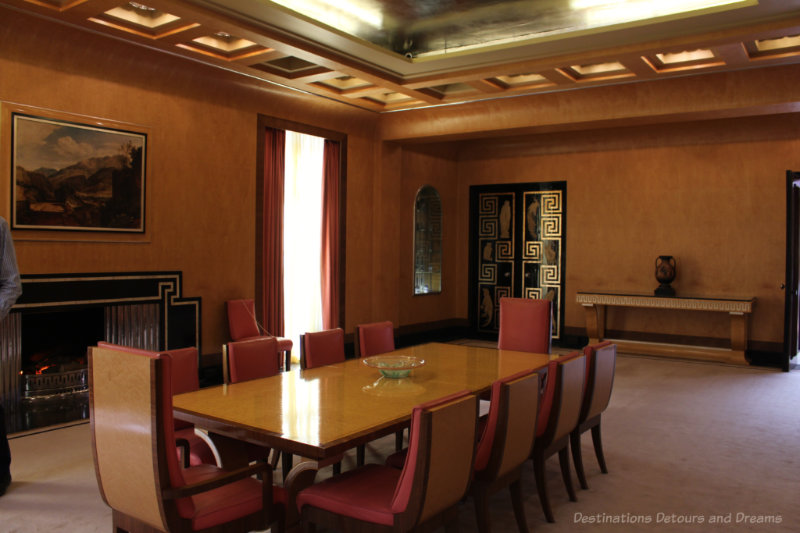
Weekends included excellent meals with elaborate delicious food, although the meal could also be awkward. Virginia had the habit of unintentionally inviting people who wouldn’t get on with each other.
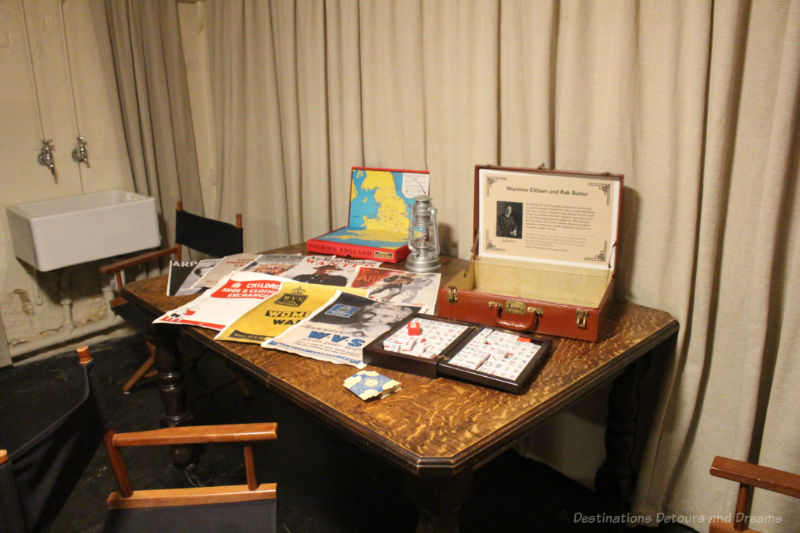
The Courtaulds remained at Eltham during most of the Second World War retreating to the comfortable bomb shelter they’d built in the basement during air raids. The shelter had a bar, a sound system, and an adjoining billiards room. It was bomb-proof and gas-proof. Although the Courtaulds were safe in their shelter, four bombs severely damaged the east end of the great hall roof and glasshouses. They moved out in May 1944 and the passed the remainder of the lease to Army Educational Corps.
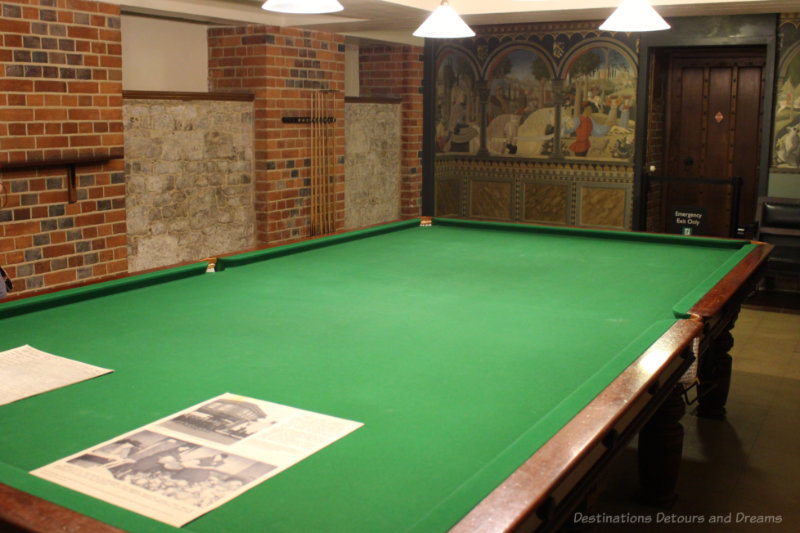
Eltham Palace Great Hall
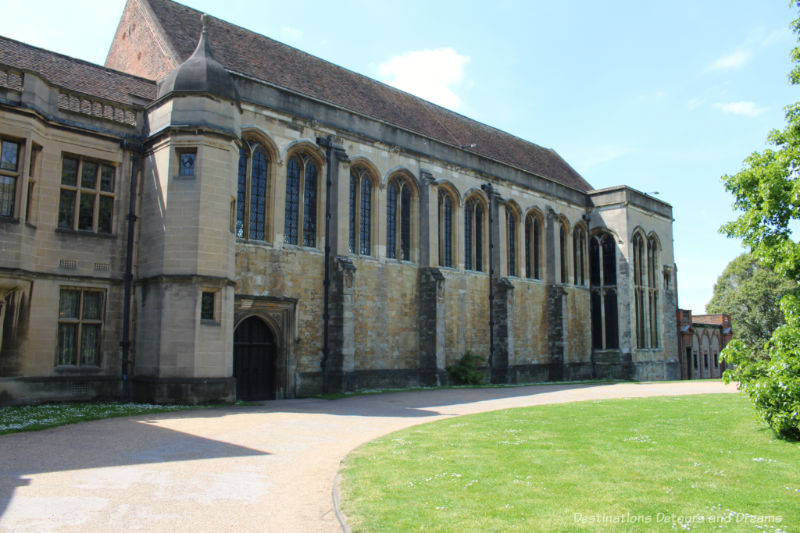
The Great Hall was built for Edward IV in the 1470s for court dining, entertaining and receptions.
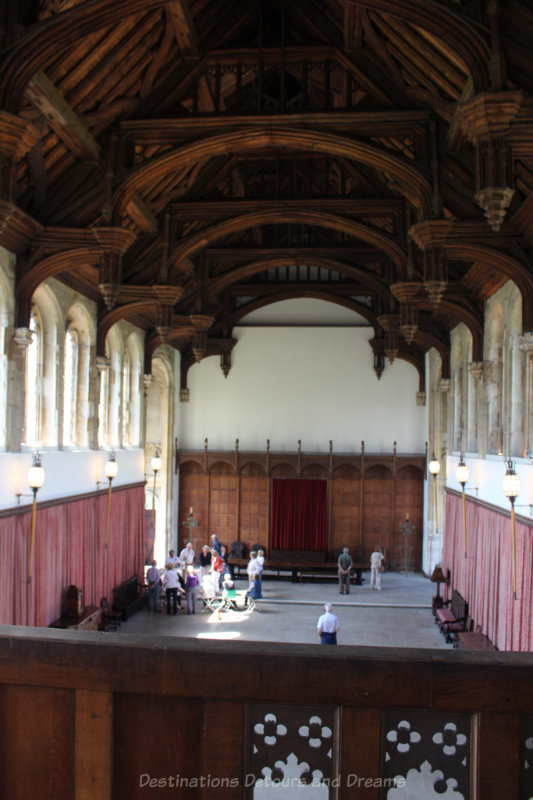
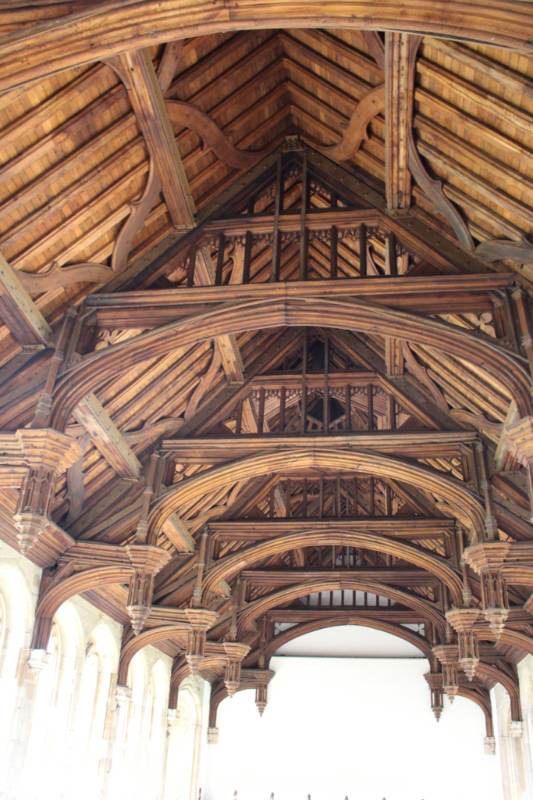
During the years of decline when Eltham was a farm, the Great Hall was used as a barn. A campaign to save it from demolition in 1828 resulted in repairs, although it continued as a barn. Tenants of Eltham Court, a gentleman’s residence build beside the Great Hall in 1859, used the hall as an indoor tennis court. From the 1890s more repairs were made, most extensively between 1911 and 1914.
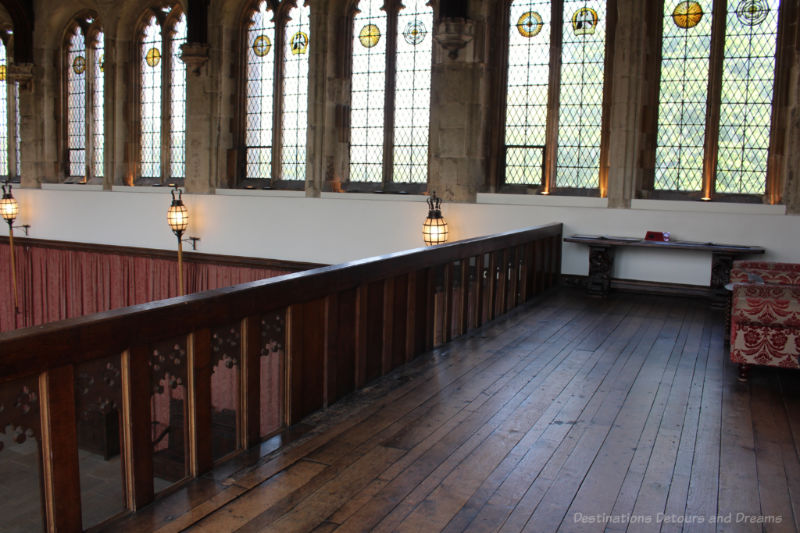
Stephen and Virginia Courtauld built a Minstrel’s Gallery so they could look out over the original medieval hall, which they greatly admired.
Eltham Palace Gardens
The 18 acres of garden is predominantly Arts and Crafts style.
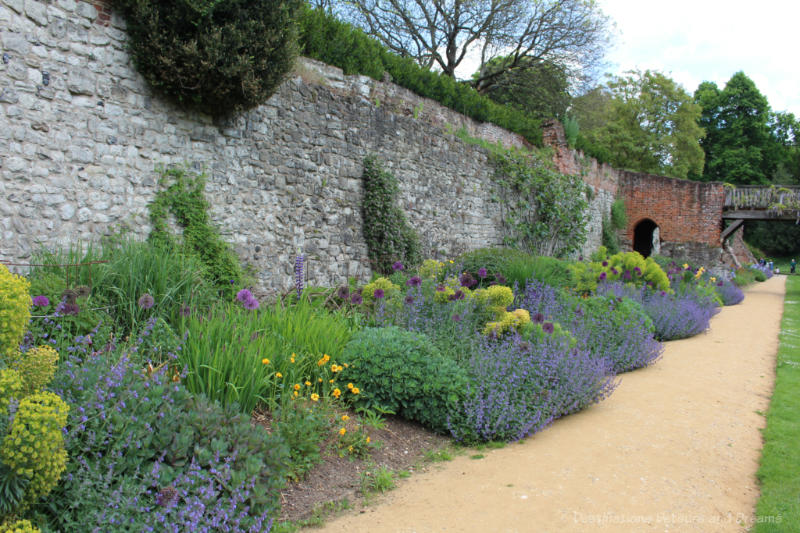
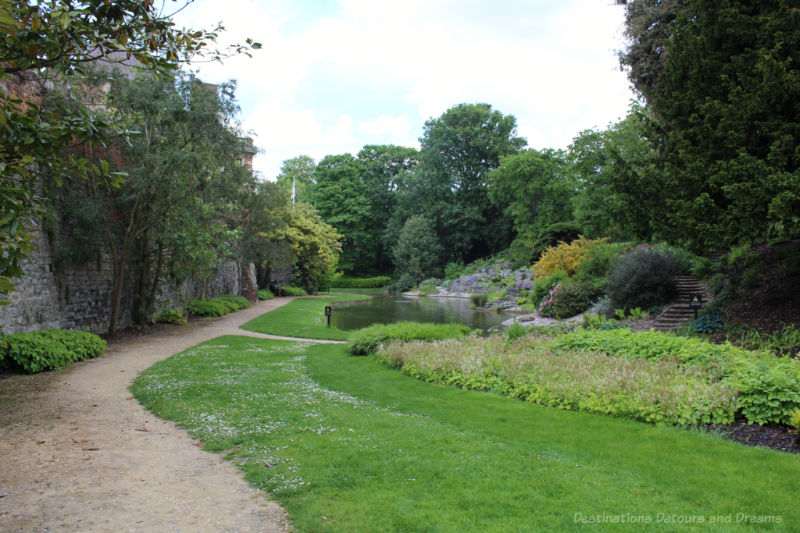
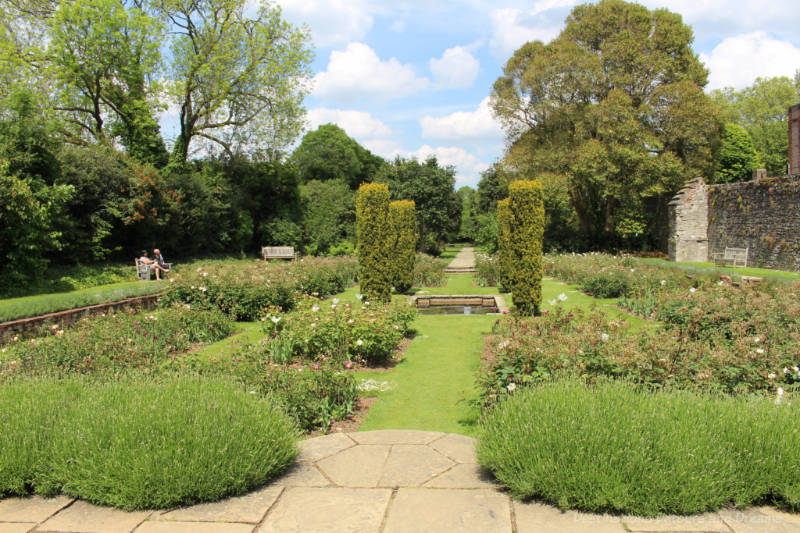
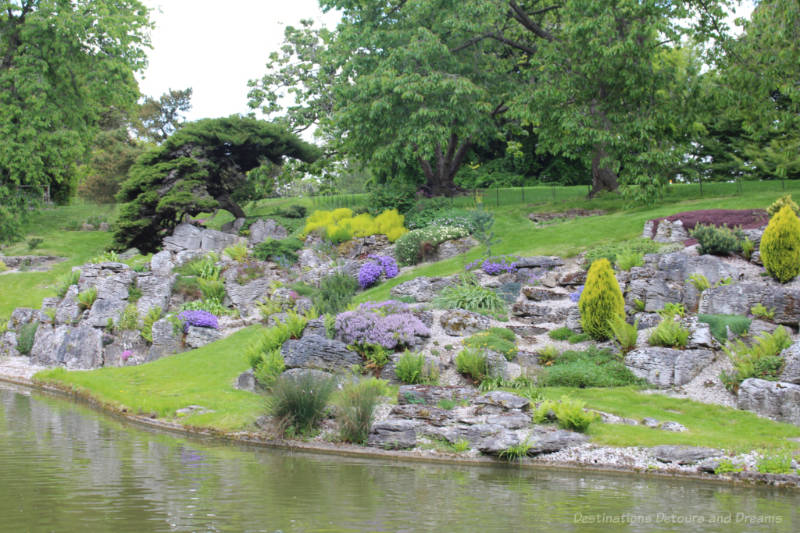
Visiting Eltham Palace and Gardens
The Palace and Gardens are located in the London southeast district of Eltham within the Royal Borough of Greenwich. Directions can be found on the English Heritage Eltham Palace and Gardens website.
Days and hours of opening vary by season. It is generally closed on Saturdays. Please check the website for current hours so you can properly plan your visit.
There is a café on site attached to the Visitor Centre for lunch or an afternoon snack. There is also a lawn and picnic table area beside the Visitor Centre.
Never miss a story. Sign up for Destinations Detours and Dreams free monthly e-newsletter and receive behind-the-scenes information and sneak peaks ahead.
PIN FOR LATER
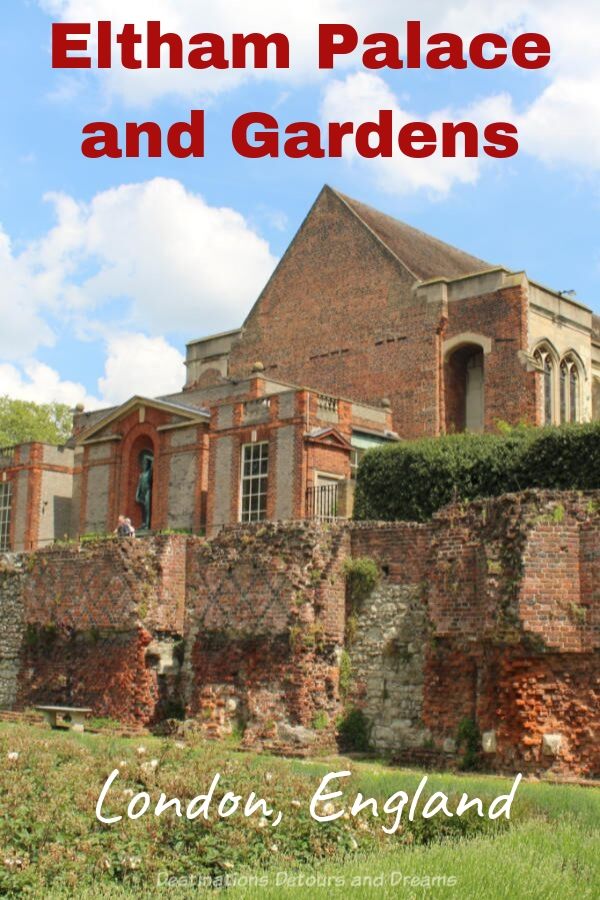

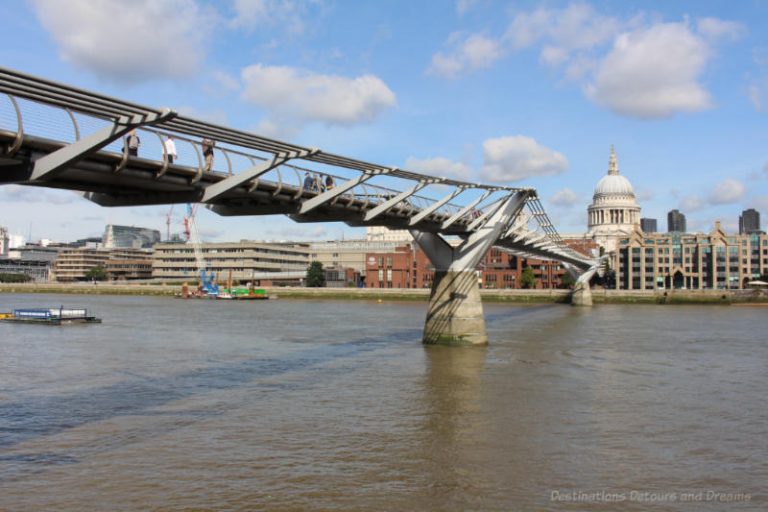

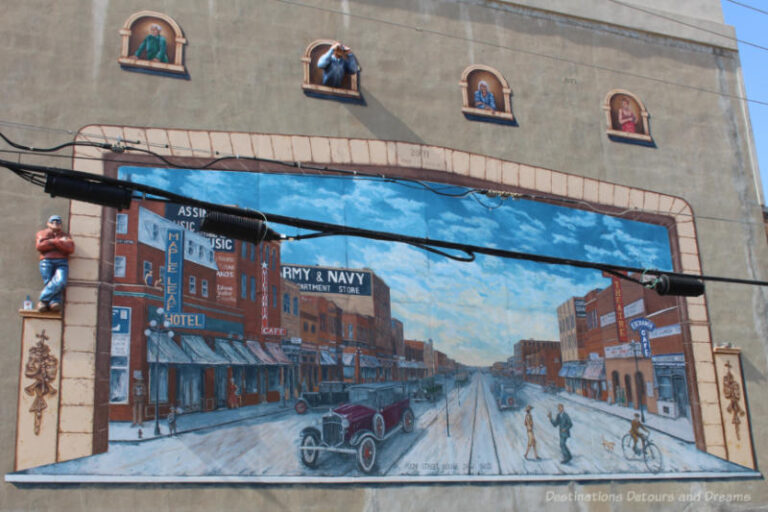
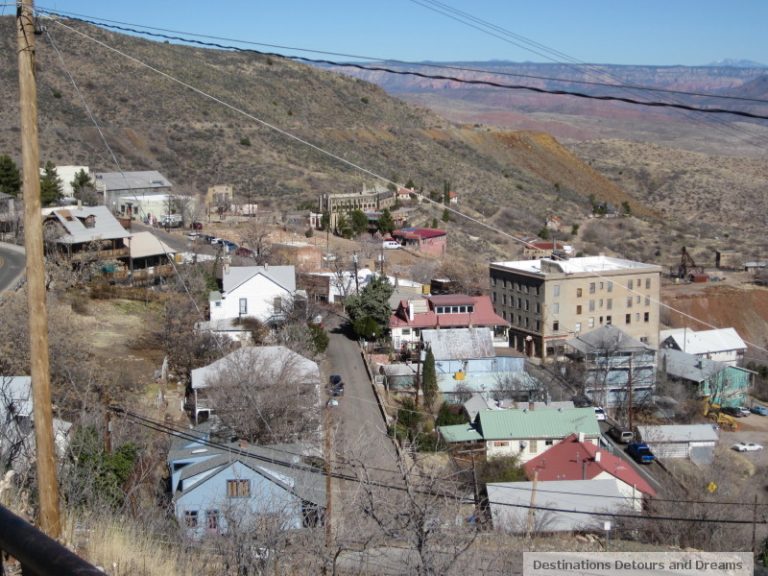

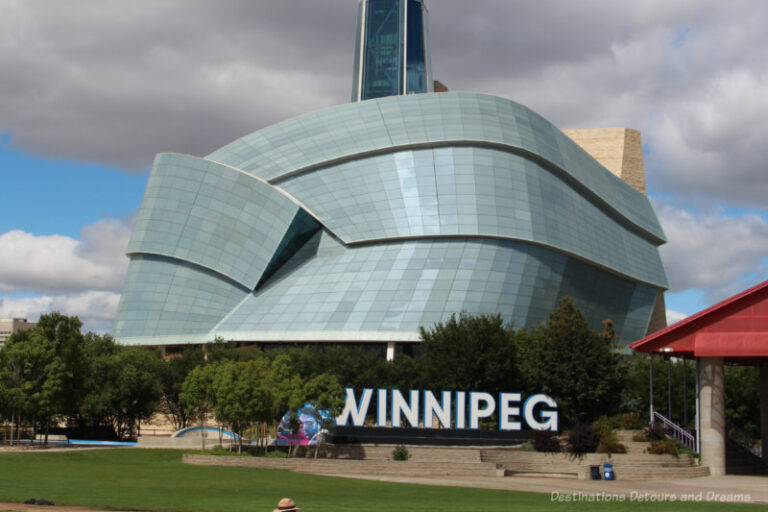
Neat place. Even the bomb shelter was posh!
Deb, posh is a good word for the entire palace. The Art Deco decor was beautiful.
Interesting contrast between the medieval structures and the Art Deco interiors. Can’t think of anyplace else like that.
Ken, it was an interesting contrast. So much history across a lot of centuries.